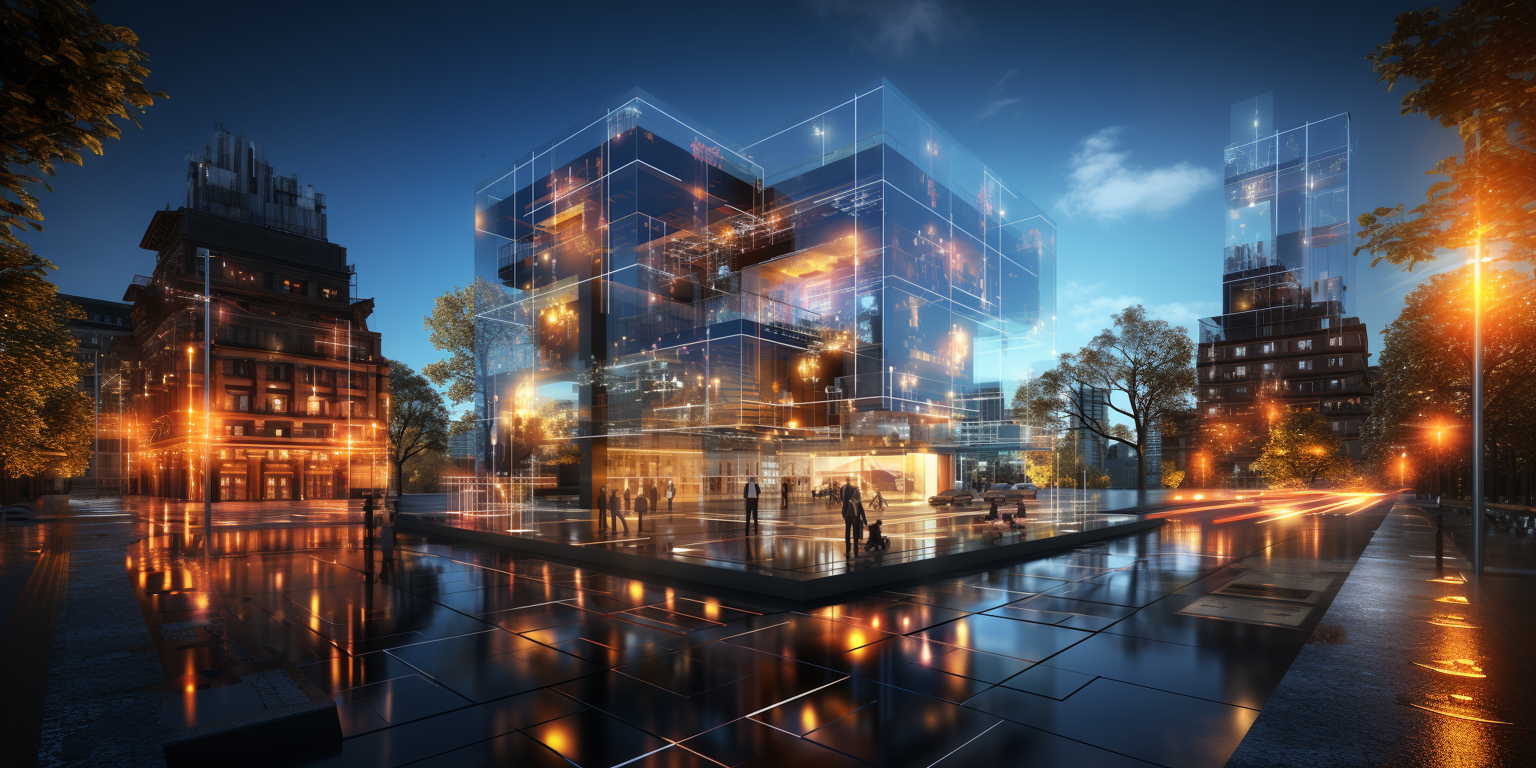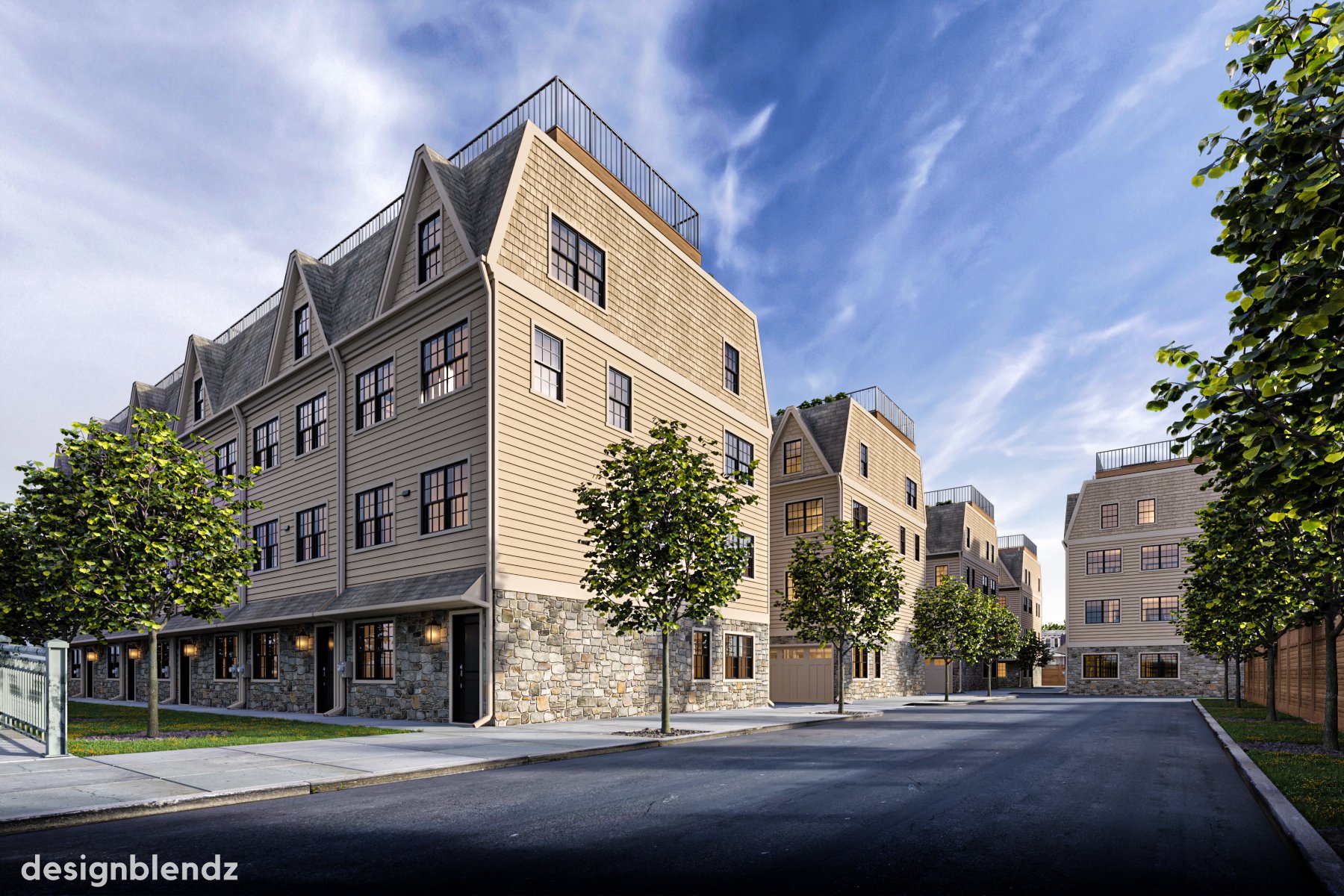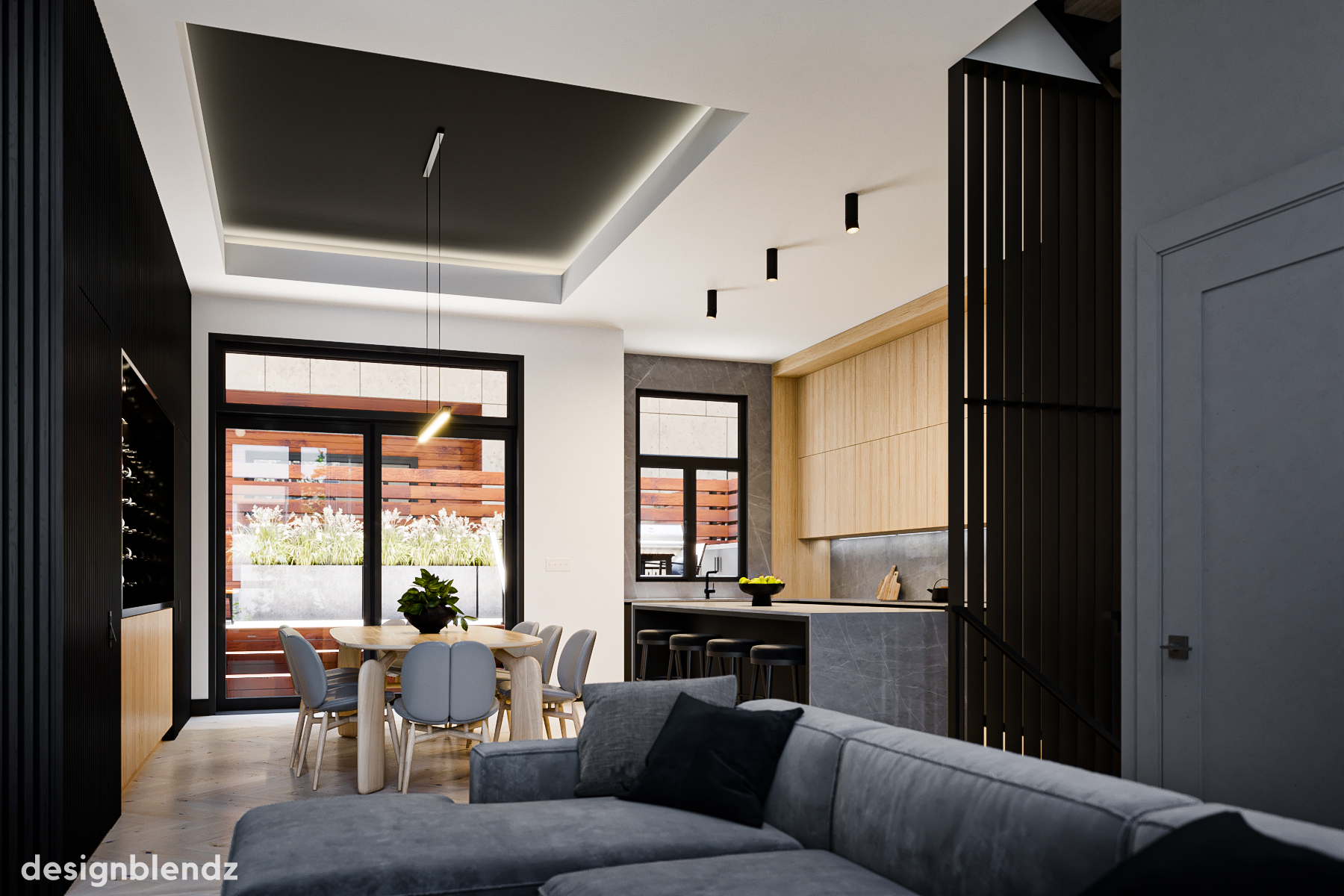Often, real estate professionals assume 3D modeling and rendering are the same. However, this is not the case. When starting a project or searching for a 3D modeling studio to provide services for your business, it's essential to know which service to ask for. Understanding the difference between 3D modeling and rendering can help you communicate your needs more effectively.
Knowing the difference between rendering and 3D modeling can also help you understand the workflow involved in both processes, which can lead to more information about costs and time estimates of specific projects. 3D modeling and 3D rendering are two consecutive stages of the same process. However, they are two completely different procedures that entail distinct workflows.
What is 3D modeling?
3D modeling comes before rendering when making a video or animated model. 3D modeling involves using computer software to create geometric representations of objects. Designers use specialized software to make these virtual models, including Rhino, SketchUp, 3DS Max and Blender. 3D models are pertinent to industries such as engineering, architecture, manufacturing, cinema, gaming, science and education because they can flawlessly describe every detail of an object.
Functions of 3D modeling include:
- Visualizes schematic structure before construction begins
- Enables more efficient project planning
- Displays possible interference between building systems
- Eliminates major system conflicts before installations
What is 3D rendering?
Rendering takes place after professionals complete 3D modeling of an inanimate or living object. 3D rendering transforms the representation into a video, animated model or high-quality image. Professionals use software such as V-Ray, Mental Ray, SOLIDWORKS Visualization, 3Delight, Corona Renderer, Lumion and more to create 3D rendering. Mainly, rendering takes a 3D object and places it in a realistic setting with appropriate lighting, camera setting, shadows, atmosphere, optical effects, orientation and backgrounds.
After building a 3D model, you can add 3D rendering processes such as photo-realistic effects and lighting to the model to develop animations and marketing materials that have a substantial amount of visual appeal.
3D rendering services have many benefits, including building realistic simulations of an interior, providing a full-scale visual of what a final product will look like and site animation, among others. Purposes of 3D rendering include:
- Assist real estate agents in showing properties to potential clients
- Show ideas in 3D walkthrough animations, still renderings, virtual tours and floor plans
- Enable better design-related decisions before construction
- Boost marketing and design analysis
- Facilitate presentations
Get help choosing the right option
Due to the versatility of our team — licensed architects and 3D rendering experts — we produce higher quality results than competitors. All our 3D modeling and renderings are completed in house, making our results completely accurate and timely. Learn more about our 3D visualization services.




